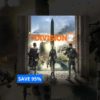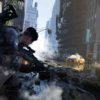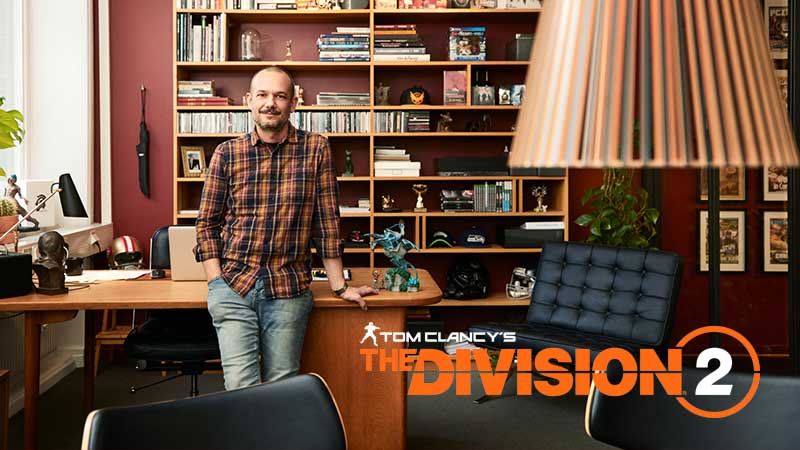When Massive Entertainment’s managing director David Polfeldt started with the company fifteen years ago, the gaming world was a different place. For a start, the now four-hundred plus strong Swedish studio was comprised of just fourteen people. Their premier title at the time, Ground Control, belonged to the all but forgotten genre of Real Time Strategy (RTS) and despite having the capabilities of online multiplayer, what you got in the box was very much a final, static piece of work with a story that comprised of a beginning, middle and an end.
None of that could be further from the gaming landscape associated with AAA titles today, and that’s something that Polfeldt and Massive have come to learn as recently as the studio’s largest release to date in The Division.
“When we shipped The Division 1, we were very focused on launch day,” Polfeldt tells me in his glass-walled office adjacent to Massive’s main entrance, “[We] imagined we’d have a few weeks of peace as players burned through what was on the disc but within days people were asking for more.”
The Division represented the studio’s largest project to date. A record number of excited players had signed up to its beta off the back of three years of E3 showings. It was the fastest selling franchise in video game history at the time, setting a five day sales record of US$330m and would go on to have more players finish its campaign than any other Ubisoft title to date. It was undoubtably the rockstar of AAA gaming.
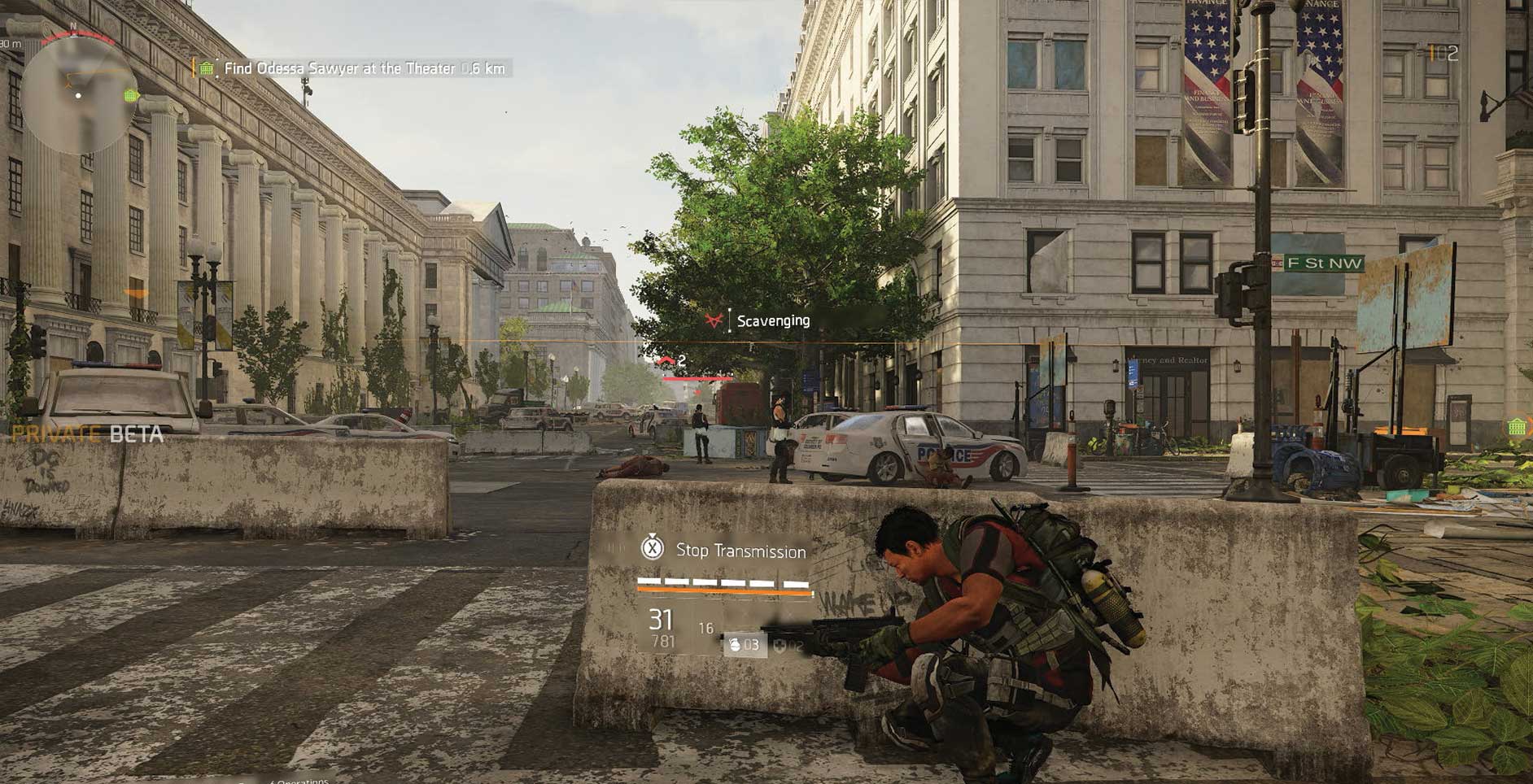
“It took us a little bit by surprise.” Polfeldt recalls, lamenting the fact that both he and his team were unprepared for what was to come next. “We weren’t completely ready [for that] at launch. It surpassed our expectations in sheer numbers and that was something we needed to adapt to.”
It was a good problem to have. A runaway success in the rapidly surging ‘games as a service’ market, it represented a challenge for Massive and would unwittingly serve as the catalyst for a large philosophy shift within the studio. “Up until that point we were a little bit old school where what you launch on disc is really the game,” Polfeldt says, “[Now] the live-game is what people are focused on & not so much what’s on the disc anymore.”
“We made a conscious decision to rethink the live-phase. Instead of thinking of it as ‘games as a service’ we redefined it as ‘games as a relationship’.”
The live-game or ‘live phase’ as it’s often called, refers to a game’s life after being released. Previously that meant things like simple tech support or server infrastructure to house online play but today the live phase encompasses perhaps even more than its development. New content, features, story, events and maps live huddled under the umbrella term with its goal being to retain a player for as long as possible.
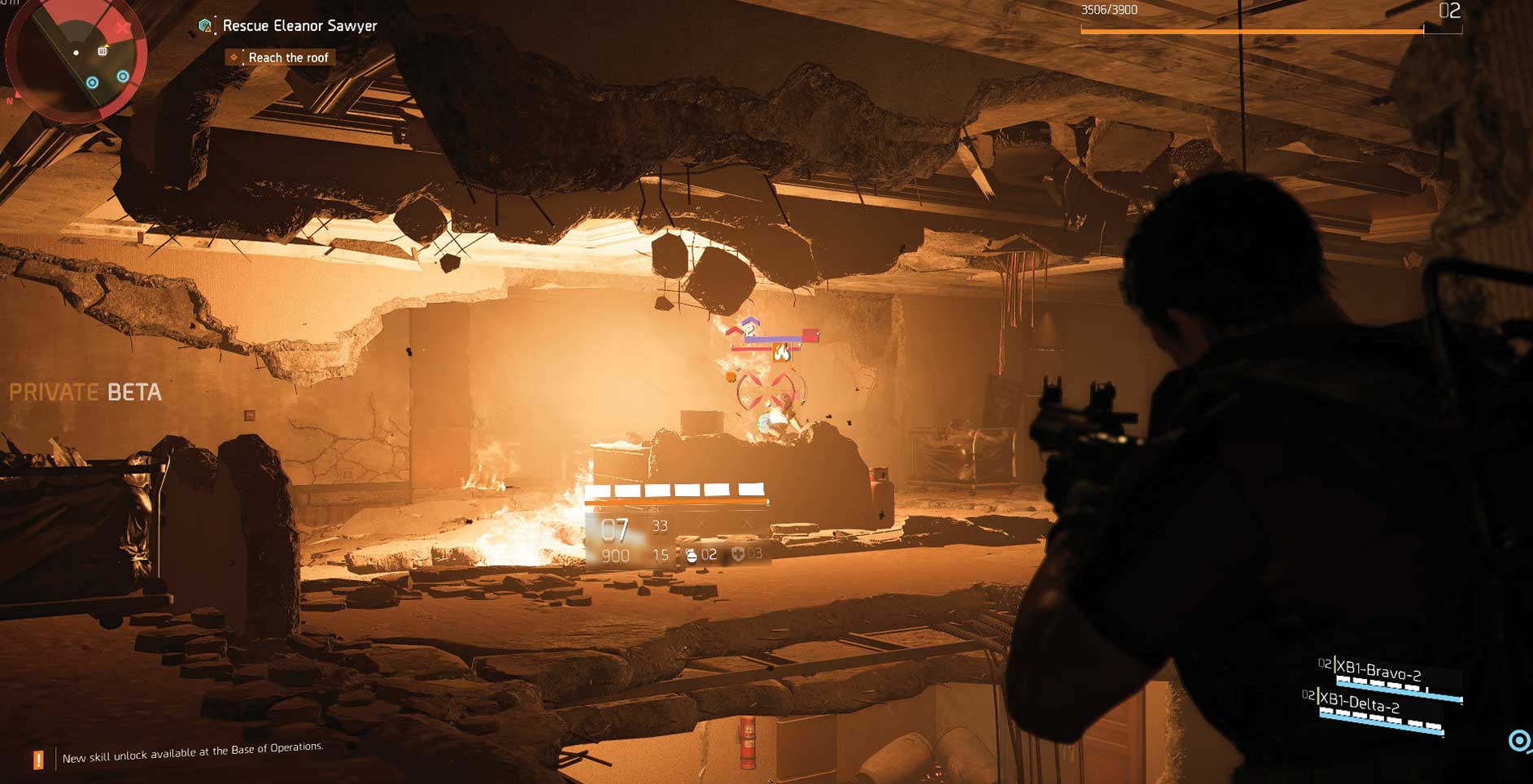
“We needed to fully understand and embrace the ‘live’ part,” Polfeldt tells me, acknowledging it was, at least in-part, uncharted territory for the Massive team. “We made a conscious decision to rethink the live-phase. Instead of thinking of it as ‘games as a service’ we redefined it as ‘games as a relationship’.
“We co-created the game with the players – and not just the hardcore vocal ones. Looking at data, where people are, how they’re playing and combining that with the louder opinions allows [us to] get a good idea of what the game needs and what the core DNA is you have in the relationship with [our] gamers.”
To make this work and to build this relationship, Massive engage with their player base across a variety of mediums. Their aim is to ensure that everyone’s voice is heard and listened to be it positive, negative or otherwise. For those less vocal about their experiences than others, their voice is formed by the data behind their gameplay and how they interact with the game.
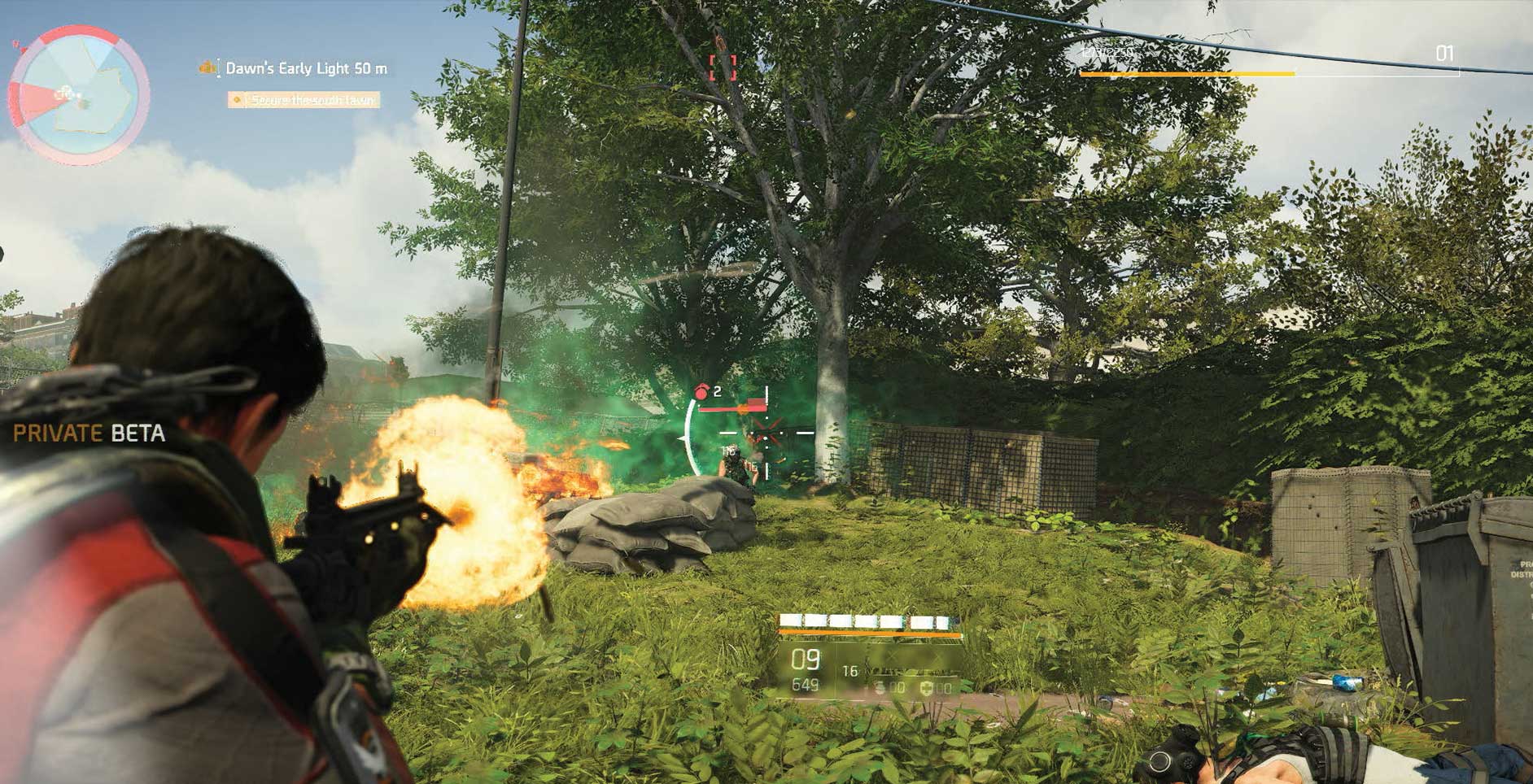
“There are some people that genuinely enjoy the game and enjoy providing positive, constructive feedback. That’s the romantic part of the relationship,” Polfeldt says smiling, “But we listen to the vocal negative ones too. It’s a little like the canary in the coal mine. Maybe it’s an exaggerated reaction but it’s still telling us something too and it has meaning.”
“Our design process is now a mix of experts and craft people [at Massive] and they are shaped by the exchange we have with gamers,”
Taking it one step further Massive has created what they refer to as the ‘Elite Taskforce’. A group of hand-picked gamers that have spent countless hours with the game but aren’t necessarily super fans. “You can’t just invite people who love the game.” Polfeldt tells me, preferring to make sure that those involved were the most constructive. “They weren’t necessarily positive or negative but they’re ones producing ideas and would say ‘This should be like this’, or ‘This like that’, or ‘Why haven’t they fixed this yet and here’s how they might?'”
In part the taskforce act as game designers helping to mould the next chapter of the game’s future. “Our design process is now a mix of experts and craft people [at Massive] and they are shaped by the exchange we have with gamers,” Polfeldt says, “We give and we take and we receive and there’s an exchange of opinions and ideas.”
In October of 2016, six months after The Division’s launch, the new strategy was given its first real world test. Patch 1.4 would mark the first major update to the game where everything delivered in it was based on this new relationship driven methodology.
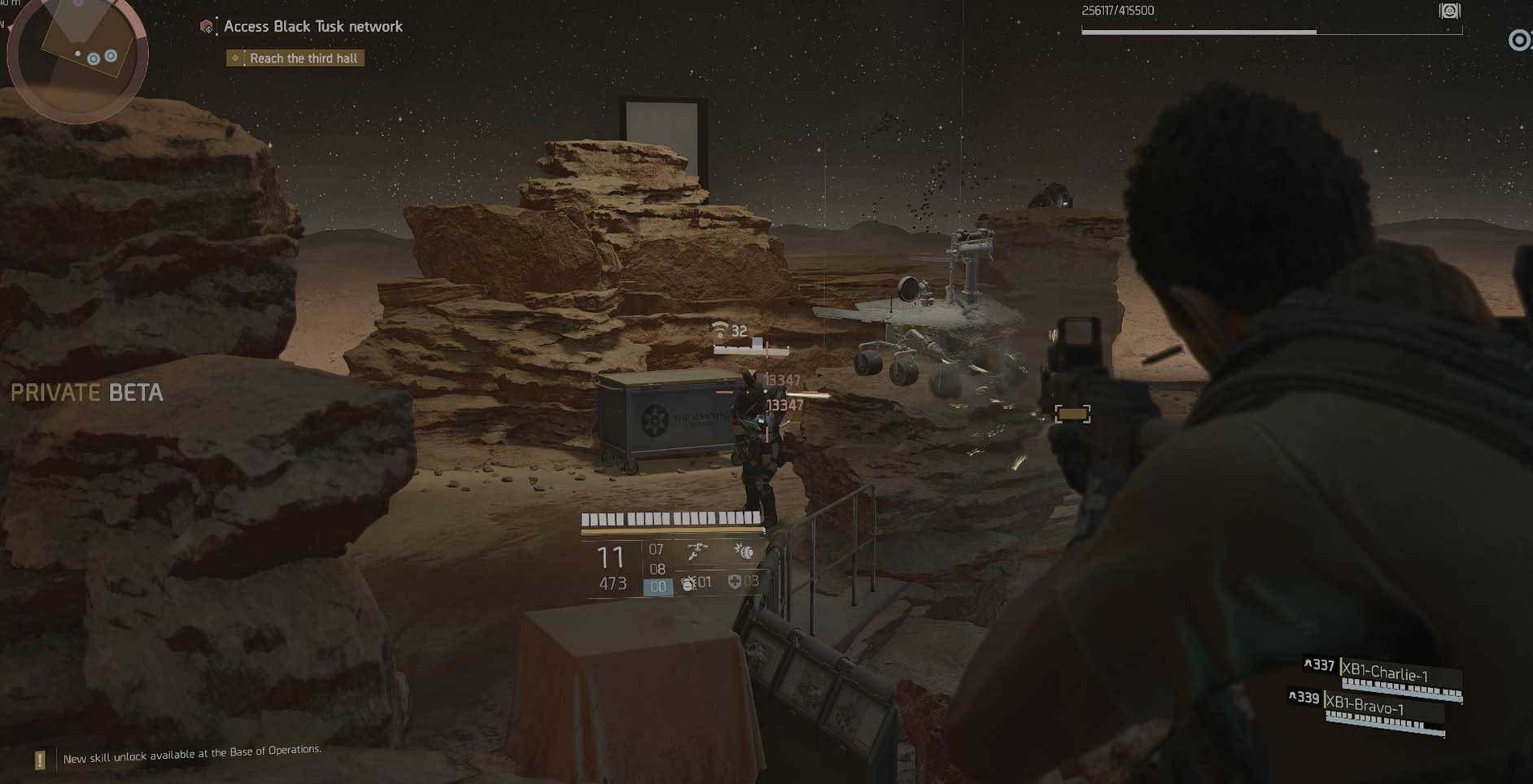
“We didn’t know it was going to work,” Polfeldt tells me, “But it was a major success that validated our decision to work that way and now that philosophy is the foundation for what will be released in The Division 2.”
It’s a philosophy that extends beyond simple game design for the company too. The Division’s story has also been grown and shaped by the relationship Massive has formed with its gamers. “What’s on disc is the ‘beginning’ of a very long journey,” Polfeldt says, “Not even our writers necessarily know what’s going to happen [beyond that] and we we want it that way. We want [the story] to grow and develop out of a conversation.”
It’s a refreshing and yet daunting take on what is commonly referred to as a title’s “endgame”, which refers to content beyond a game’s initial campaign. “It’s much more scary in a way, we have less control and we make decisions at a later point,” Polfeldt says, “But to call anything ‘endgame’ as if there is a logical ending to it is not the right term.”
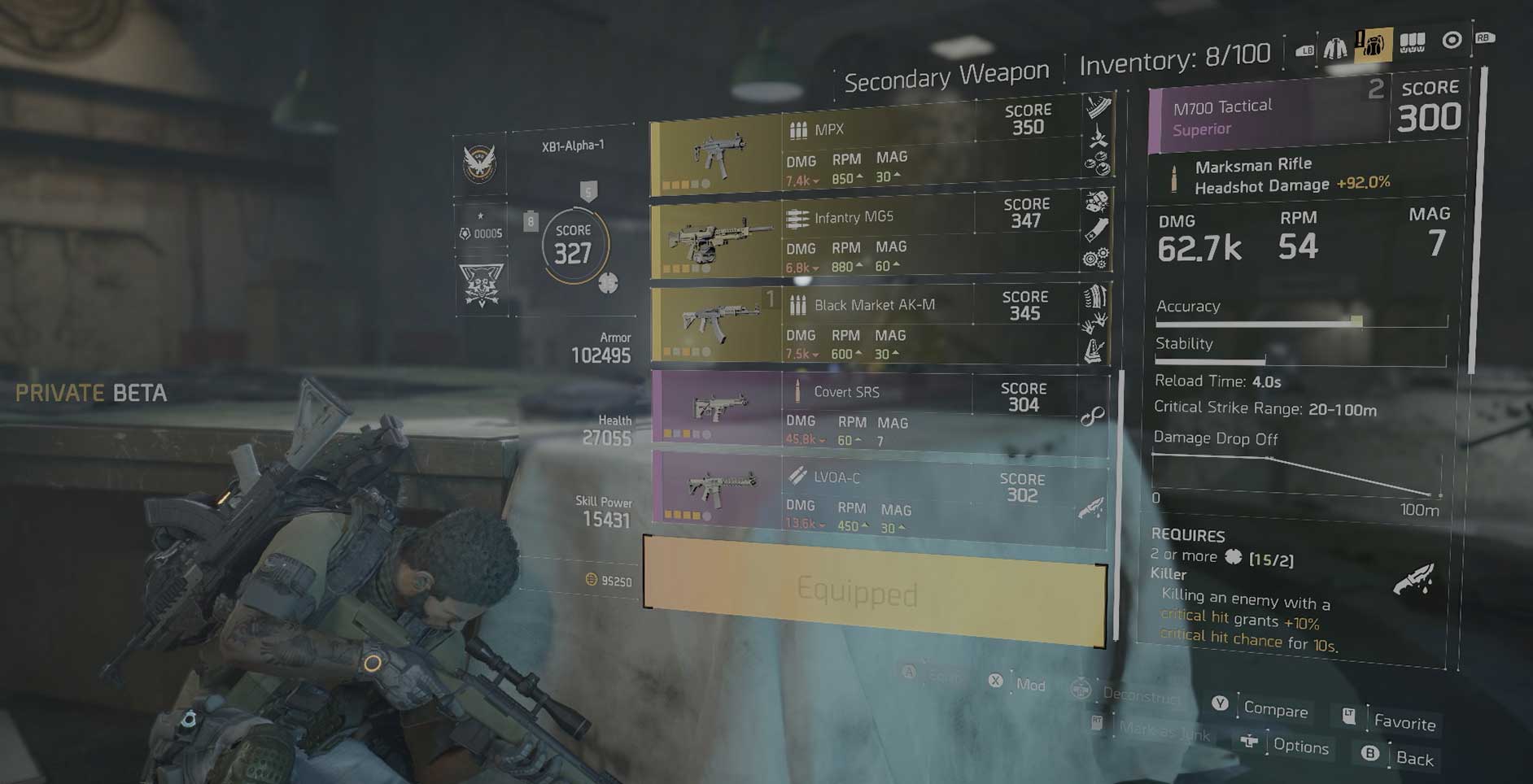
It’s not limited to gaming either. “People were asking for so much more beyond the main content,” Polfeldt tells me, “They would put themselves into the world and ask what they might do, how they would survive.” It’s ideas and questions like that that have pricked up the ears of Hollywood. A new film with Jake Gyllenhaal and Jessica Chastain attached looks destined to answer some of those questions meanwhile a recently released comic book series fleshes out the story between the breakout in New York and the world awaiting gamers in The Division 2.
3
“The game to me is an open canvas,” Polfeldt says, winding up our conversation, “We’re looking forward to understanding what works and what doesn’t and we’ll adapt accordingly.”
THE DIVISION OPEN BETA BEGINS ON MARCH 1ST ON PS4, XBOX ONE AND PC. RAJ FLEW TO MASSIVE ENTERTAINMENT IN SWEDEN AS A GUEST OF UBISOFT.
